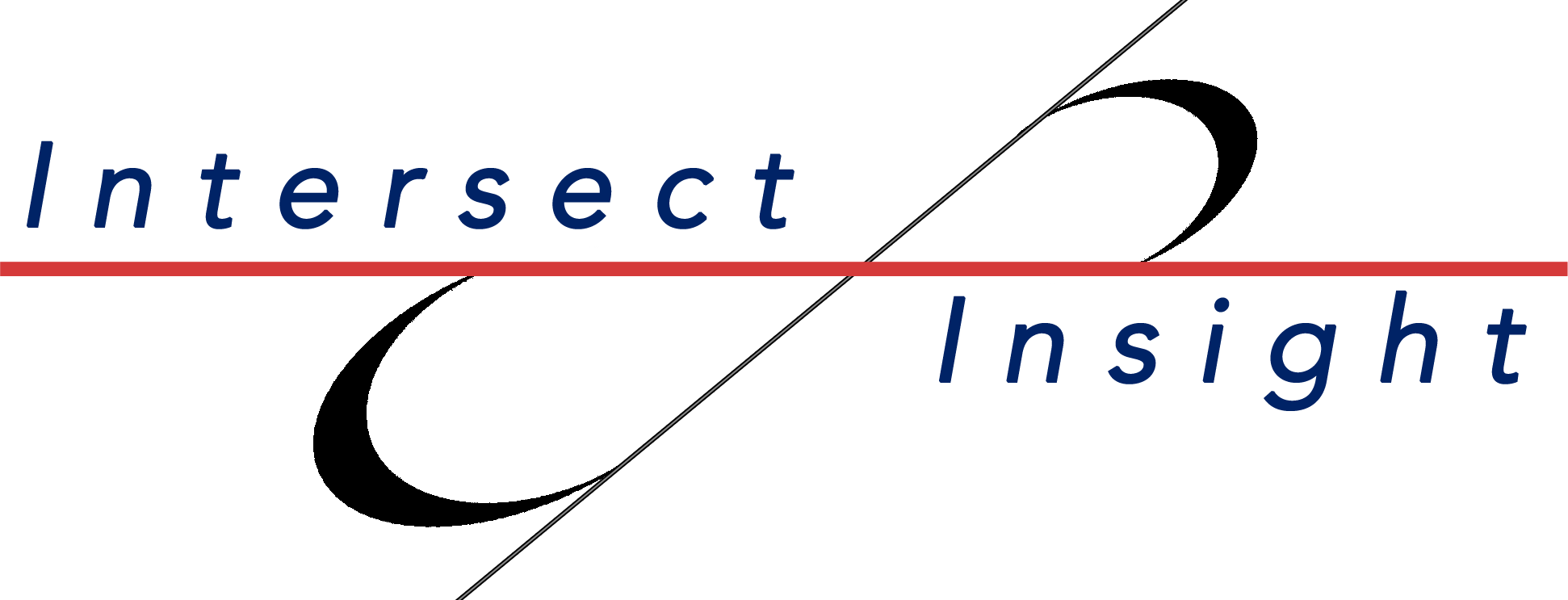ENTERPRISE VIABILITY METRICS (EVM) for Funders
How do donors, funders and investors have confidence that enterprise receipients will make the best use of those funds.
The most successful look for enterprises that seek to create self-sustaining revenue streams.
Using Enterprise Viabilty MetricsTM Intersect Insight supports enterprises to set objectives to self-sustain and helps them measure their own success against those objectives. The net result is that stakeholders continue to reap the benefits of investment beyond the original mission scope.
Setting expectations and leveraging tools to ensure viability ensures that funding is used to meet and exceed mission objectives. And the potential to maintain viability can be measured in detailed and nuanced ways.
EVMTM begins as a relative measure that an investment in resources has potential to be leveraged to sustain. It continues through the identification of gaps between capability and best practices. With this data we identify areas of strength and areas that we can support the enterprise to sustain and grow. It is followed by remedial action to implement best practices and fill those gaps. Reassessments using EVMTM confirm that an enterprise is on the best possible course for viability.
Download our White Paper on Enterprise Viability Metrics
This approach serves to:
- Measure the potential that a supported enterprise will be self-viable
- Set an expectation that the receipient enterprise will strive for viability
- Identify and implement relevant best practices
- Conduct gap analyses
- Create remedial action plans to fill those gaps and be viable
Designed for enterprises of all types
EXPERIENCE IN SUSTAINING ENTERPRISES
Establishing and Sustaining a Scientific Research Institution in A Former Soviet Republic
- Worked with domestic industry and agency leadership to define long-term needs and options to support to domestic industrial safety and environmental programs
- Worked with multiple stakeholders to develop a concept for a national lab to fill existing technical resource gaps
- Worked with indigenous stakeholders and a multilateral (G-7) partnership to identify funding and strategic research, engineering and training objectives and needs
- Prepared detailed conceptual and development plans addressing agreed mission and consequent start-up activities to be carried out in partnership with G-7 institutions and contractors
- In partnership with municipal and regional agencies, reviewed potential facility sites and selected a former hospital for re-development of lab, office and training spaces
- Provided oversight during construction and managed equipment acquisition and installation
- Scoped and initiated multiple technical programs aligned with lab mission and partner funding priorities
- Leveraged local and regional opportunities to establish long-term environmental monitoring of land, water and biota and facilitated joint implementation with international partners
- Coordinated international support to development and delivery of industrial safety training curricula
- Established twinning relationships between indigenous technical staff and counterparts in international science and technology organizations
Expansion of a National Laboratory’s Science and Technology Mission to Support to Regional Economic Development
- Worked with regional industry and agency leadership to define options to create a sustainable regional economy by leveraging ongoing national investments in existing industry
- Worked with multiple stakeholders to attract new commercial ventures
- Developed new technology test and demonstration infrastructure to support emerging entrepreneurs
- Provided opportunities for workforce skills development
- Opened lab facilities to outside researchers
- Helped to write grants to national funding sources
Leveraging Donor Investment in New Public Health Institutional Infrastructure to Create the Basis for Long-term Sustainability
- Worked with donor and host agencies to develop strategic business plans and corresponding action plans focused on acquiring post-donor funding
- Provided staff training in several business development and related commercialization capabilities
- Helped to create a Business Development Unit to serve ongoing sustainment needs
- Identified potential strategies for stakeholder engagement, strategic partnering, marketing and sales, and long-term product and service development
- Supported initial engagement with potential clients in key regional and European markets
